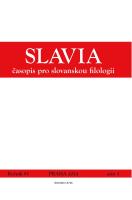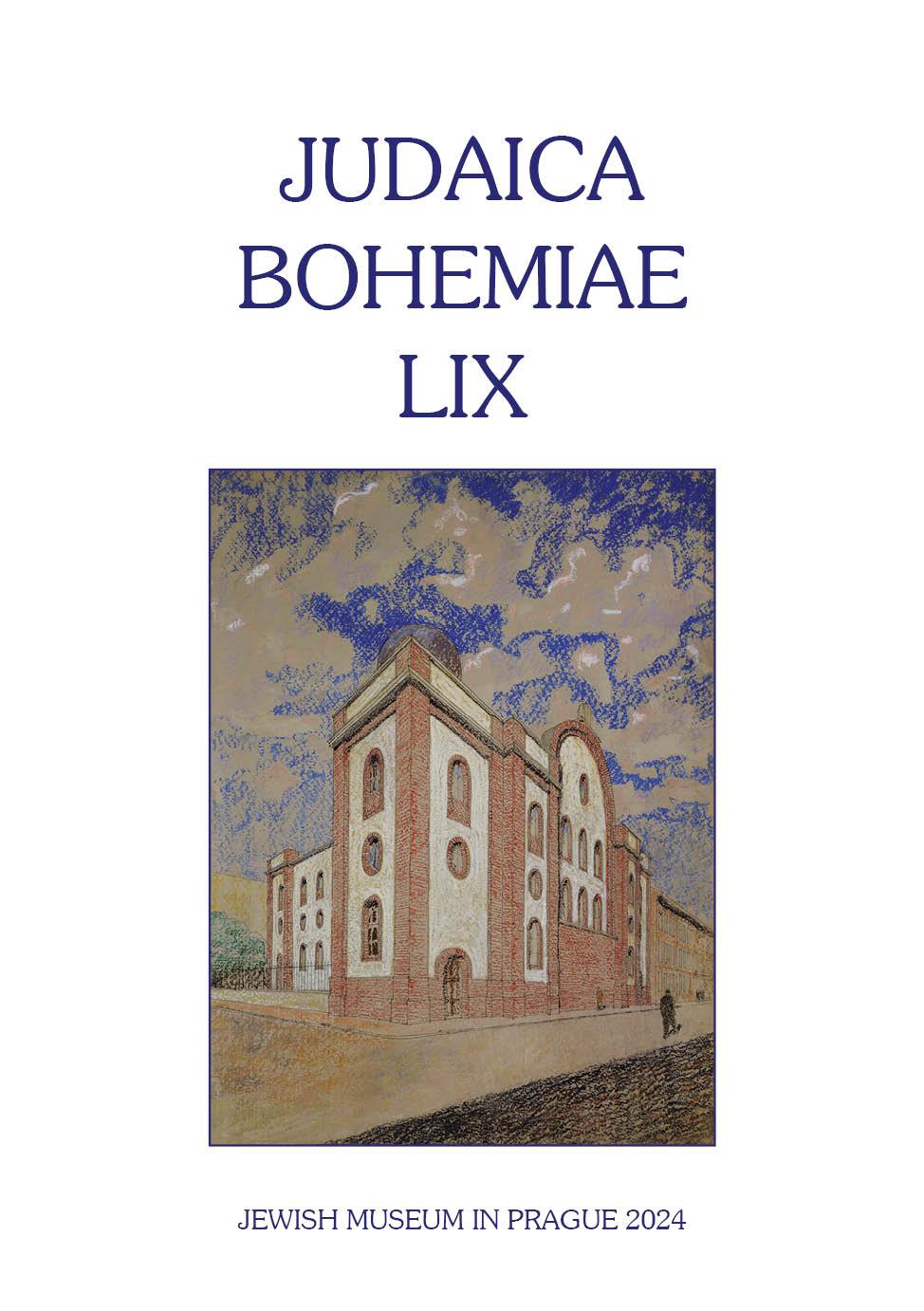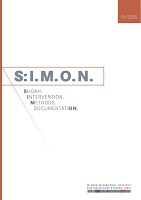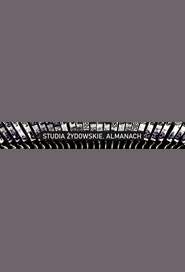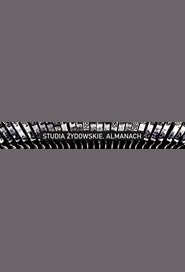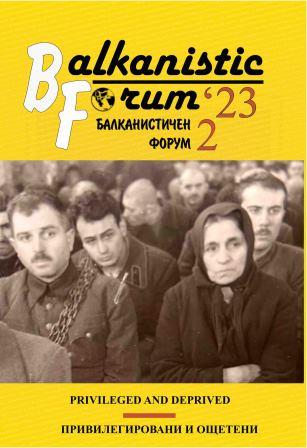
Branded Identities. Remarks on the Holocaust chapter of the Macedonian-Bulgarian War on Identity
The paper approaches the issue of the Holocaust in South-Eastern Europe from the perspective of country branding and „competing identities” – term coined by Simon Anholt in the first decade of the 21st century. Though examination of the official North Macedonian and Bulgarian discourses about the WWII reflected in the contem-porary films, serials, political and historical statements, quasi-academic pamphlets, and partly architecture, the study aims to explore the mechanisms of construction of a new, “Holocaust-based” historical identity in these countries. The study argues that the current politics of memory of the two sides is propagandistic and mostly based on PR technologies which are rather indifferent or only partly sensitive to the historical facts and moral/humanist aspects of the question. The conclusion therefore is that the construction of a "competitive identity" by both sides was doomed to failure because countries that cannot achieve a minimum internal consensus on basic human, legal, aesthetic, political, etc. norms and values – as Anholt's concept would require -, have no chance of presenting an outwardly attractive, or at least acceptable, image.
More...



